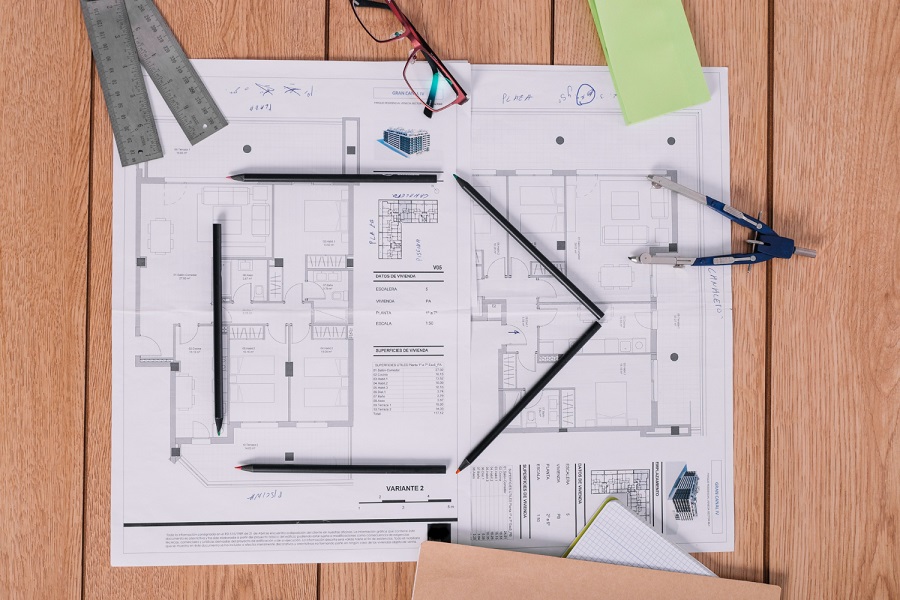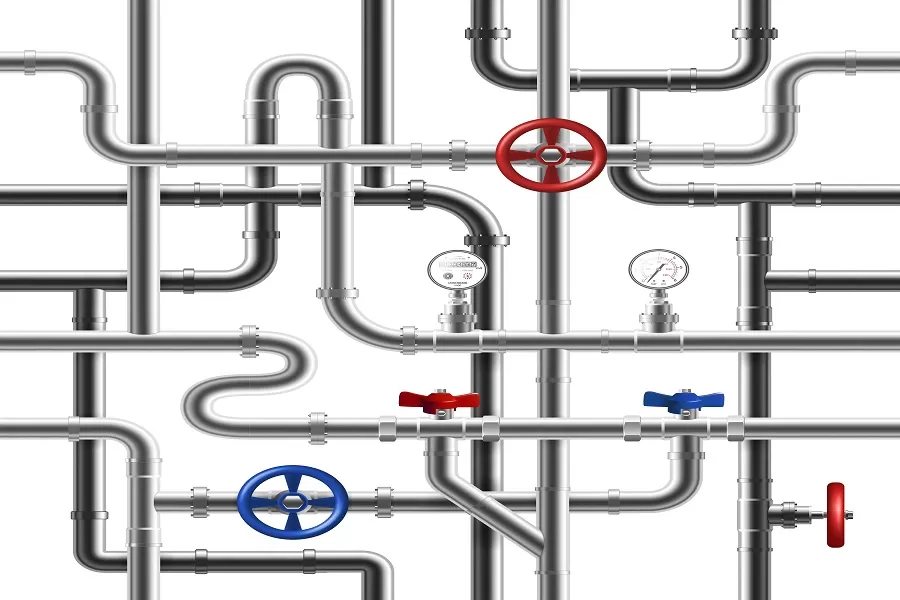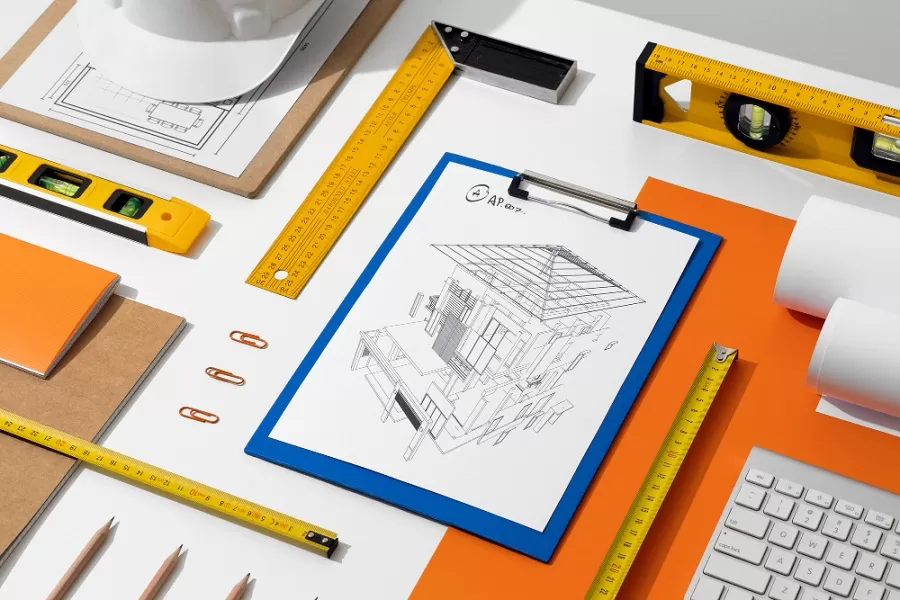Millwork shop drawings are an important part of building construction. Also known as woodwork drawings, they provide detailed information about the design, dimensions, and materials of woodwork elements, and help in the accurate fabrication and installation of cabinets, doors, windows, and trim.
This guide highlights the role of millwork shop drawing services in construction, their benefits, processes, and the best practices for creating accurate and effective drawings.
What are Millwork Shop Drawings? Why are They Required?
Millwork drawings are comprehensive technical drawings of custom wood components. Created by millwork shop drawing experts, these drawings act as a detailed guide for the fabrication and installation of custom woodwork elements and are used by architects, designers, and contractors to fabricate and install woodwork elements according to buyer’s specifications.
These shop drawings also provide information about the exact location and placement of woodwork elements within the building. They contribute to the efficiency of the construction process and provide a clear design roadmap for fabricators and installers. Having clear Casework Drawings at hand reduces the chances of errors, delays, and rework. This leads to both cost and time savings.
Benefits of Millwork Shop Drawing Services
- They help in the accurate construction of custom wood components. These shop drawings ensure that all the woodwork elements fit perfectly into their designated spaces. This helps prevent costly mistakes and ensures a seamless installation process throughout construction.
- Millwork CAD drawings facilitate complete product customization. Using these shop CAD drawings, architects, designers, and contractors can create unique woodwork designs that meet the specific needs and preferences of their clients.
- By providing detailed information about materials, dimensions, and installation methods, shop drawings help reduce material waste and minimize the risk of errors during construction.
- Cabinet shop drawings facilitate seamless collaboration between architects, designers, contractors, and millwork manufacturers.
- Millwork drawings help ensure that woodwork elements comply with building codes, regulations, and industry standards. This confirms the safety and quality of the finished product.
The Process of Creating Millwork Shop Drawings
The step-by-step process of creating casework shop drawings includes:
- Initial Consultation: The process begins with an initial consultation in which the client’s requirements, preferences, and budget are discussed, and a timeline for the project is established.
- Design Development: Based on the design blueprint, woodwork detailers develop detailed design drawings using the latest CAD software. These drawings include dimensions, materials, finishes, and installation methods.
- Review and Approval: The client reviews the design drawings and provides feedback or requests revisions as needed. Once finalized and approved, they are used as a reference for the fabrication and installation of the woodwork and casework elements.
- Fabrication and Installation: The final step involves the fabrication and installation of millwork elements according to the approved drawings.
Challenges in Millwork Shop Drawings
Despite the advancements in design and construction, cabinet vision detailers face numerous challenges when it comes to millwork drafting. These include:
- Attaining precision in Millwork/Casework shop drawings because even minor changes can lead to costly reworks.
- Ineffective communication which leads to significant delays in design and construction.
- Issues with time management which increases work pressure and the likelihood of errors while drafting CAD drawings.
- Improper or nonexistent review process that leads to clashes and errors.
Moreover, many millwork drawings can be complex and might require advanced software and technical skillsets that are only available with dedicated CAD drafting experts.
Best Practices for Creating Millwork Shop Drawings
Precise millwork drawings require effective communication and hassle-free collaboration, in addition to strict adherence to building codes, regulations, and industry standards
To ensure the safety and quality of the finished product, it is best to partner with a professional millwork shop drawing service provider. With proven knowledge, experience, and skillsets, dedicated cabinet vision detailers can help you create accurate and detailed drawings that meet all project requirements. Additionally, they can provide valuable insights and recommendations to ensure that the millwork is fabricated and installed correctly. By partnering with a professional service provider, you can save time, reduce errors, and ensure the success of your project.
At Enginerio, we provide comprehensive millwork shop drawing services that are tailored to meet the specific needs of our clients. Our casework detailers work closely with architects, designers, and contractors to create accurate and detailed drawings that adhere to all building codes, regulations, and industry standards. We use the latest CAD software and technology to ensure that our drawings are accurate and easy to understand.
Outsource millwork shop drawing services to us and get unique and best-quality displays for your space.





